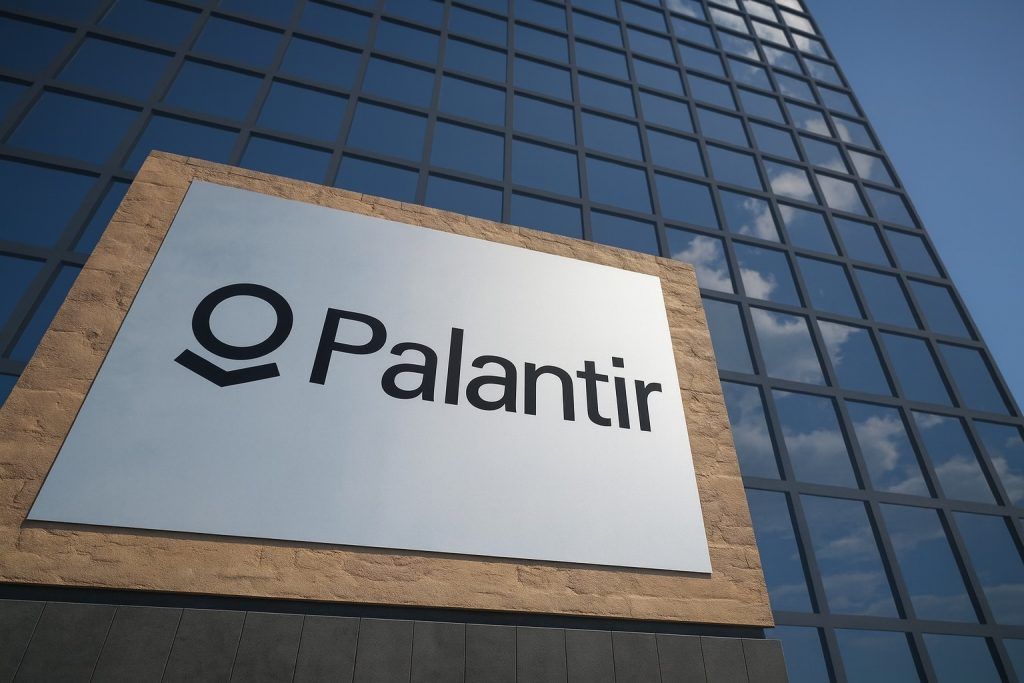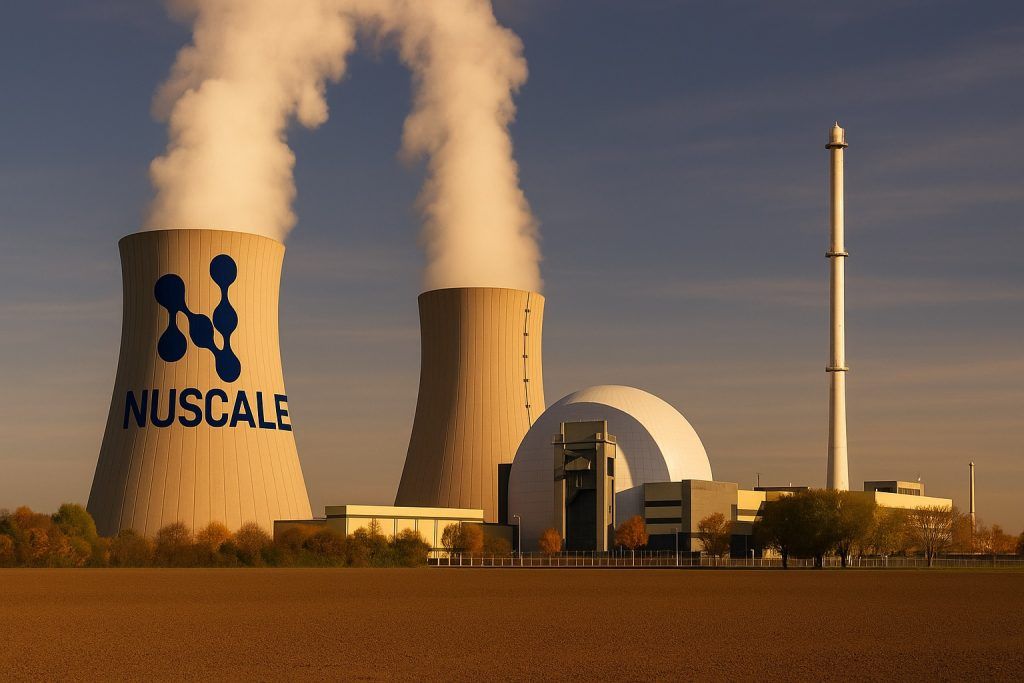- Stock jump: CSIQ closed at $15.72 on Oct 14, 2025 (up ~10.8%), breaking above its 200-day average [1].
- Catalysts: Shares jumped after Goldman Sachs raised CSIQ’s target (even as it stayed a “sell”) and reports China may curb solar panel overcapacity [2] [3].
- Earnings miss: Q2 2025 results showed a loss (EPS –$0.53 vs. +$0.76 expected) on $1.69B revenue (vs. $1.90B est) [4].
- New products: Canadian Solar launched its HiKu7 TOPCon panels (~21–22% efficiency) and unveiled large battery storage projects (420 MW/2.1 GWh in Ontario) [5] [6].
- Analyst outlook: Wall Street ratings range from “sell” to “buy”, with a consensus “Hold” and average 12‑month price target around $12–13 [7] [8] (vs. current ~$15.7).
- Industry context: Chinese state media hinting at new capacity controls has lifted all solar stocks [9] [10], while supportive clean-energy policies (e.g. Canada’s 452 MW clean energy deals [11]) boost long-term demand.
Stock Rally and Analyst Buzz
Canadian Solar’s stock has surged sharply this week. On Oct 14 its share price hit a 52-week high of around $16.00 before closing at $15.72 [12]. This spike was driven by two main headlines: Goldman Sachs unexpectedly raised its CSIQ price target on Oct 9 (boosting investor confidence, even as Goldman still left a “sell” rating [13]), and news out of China about planned cuts to solar panel capacity (seen as reducing supply gluts). Indeed, Reuters reports that Chinese regulators may soon clamp down on excess PV manufacturing, which sent Chinese solar stocks soaring on Oct 14 [14]. The ripple effect reached Canadian Solar too: research alerts note that CSIQ “surged by 10%” intraday on Oct 14 after these reports [15]. Overall, the stock is about 28% higher year-to-date, beating the broad market.
Financial analysts remain cautious amid this volatility. A recent MarketBeat study notes mixed analyst moves: Wells Fargo cut its target to $10 (“equal weight”), Citigroup trimmed its target to $11 (“neutral”), while Goldman Sachs lifted its target to $10 but maintained a sell rating [16]. After these adjustments, the consensus of 10 analysts is a Hold with an average 12-month target of about $11.77 [17] (TipRanks similarly reports ~$12.6 [18]). In other words, analysts see limited upside (roughly 20–25% from today’s price) on average. Still, a few bullish voices envision higher targets (up to $15–21, per some forecasts [19]), reflecting optimism around Canada Solar’s battery and solar projects.
New Products and Projects Drive Growth
Canadian Solar isn’t just a panel maker – it has been aggressively expanding into energy storage and project development. In mid-2025 the company rolled out its HiKu7 series of bifacial TOPCon solar panels, pushing conversion efficiencies above 21–22% [20]. These state-of-the-art panels (pictured) are aimed at utility-scale projects, demonstrating the company’s focus on high-tech module manufacturing.
The company has been boosting its solar manufacturing and storage R&D. For example, Canadian Solar’s e-STORAGE subsidiary recently announced two Ontario battery projects: a total of 420 MW/2.1 GWh in capacity under long-term contracts with Aypa Power [21]. These grid-scale storage farms (Elora and Hedley) will help Ontario balance supply as more wind/solar come online. In the U.S., its Recurrent Energy arm has also been active – notably bringing a 1,200 MWh battery (Papago Storage in Arizona) into operation this summer [22]. Management says these projects, under 20-year service contracts, will provide stable revenue streams. CEO Shawn Qu has likewise emphasized this “pivot” to storage and utility projects as a way to diversify Canadian Solar’s business beyond module sales.
On the partnerships side, Canadian Solar formed a preferred recycling pact in 2024 with Solarcycle, an American solar recycler, making Canadian Solar the OEM for panels to be recycled [23]. While that deal is older, it underscores the company’s drive into the broader solar ecosystem (recycling, storage, etc.). Overall, these moves into energy storage, long-term project development, and new technologies are key positive developments that analysts say could unlock value – though the benefits may take time to materialize.
Financial Results and Outlook
Canadian Solar’s recent earnings have been challenging. For Q2 2025 (ended June 30), CSIQ reported EPS of –$0.53, well below expectations (consensus ~$+0.76) [24]. Revenue was $1.69 billion, up ~3.6% year-over-year but missing analysts’ $1.90B forecast [25]. The company cited ongoing price pressure on modules and elevated costs. As a result, its net profit was a small positive ($2 M) but the net profit margin was effectively flat. MarketBeat notes Canadian Solar even reduced its own guidance in August, reflecting the tough solar market.
CEO Sean Qu has described the period as “very challenging” but said the firm is emphasizing a “profit-first” strategy. (He noted in a late-2024 call that “every downturn serves as a stress test, strengthening [our] resilience” [26].) For full-year 2025 analysts currently expect another loss, roughly –$0.23 EPS on average [27]. Beyond 2025, forecasts turn positive – around +$0.61 in 2026 per MarketBeat [28] – assuming module ASPs stabilize and storage projects ramp up. Key factors include rising storage volumes and any recovery in solar pricing.
Policy Environment and Industry Trends
The solar industry’s gyrations are influenced by policy. In China – the world’s dominant PV manufacturer – state media signaled on Oct 14 that Beijing plans to limit new solar panel capacity [29]. Given China had roughly double the needed capacity, this was seen as a welcome move by investors, lifting stocks from JA Solar to Trina. Although Canadian Solar is based in Canada (and listed in the U.S.), it sources many products from Asia; hence the market expects Chinese curbs to help push up global panel prices, a tailwind for CSIQ.
In Canada and the U.S., supportive renewable policies also matter. For example, Canada recently contracted 452 MW of new wind+solar projects via a first-of-its-kind partnership with First Nations [30], reflecting strong provincial support. Meanwhile, U.S. incentives (tax credits under the IRA) continue to encourage domestic solar and storage installations. On the negative side, higher interest rates and tight credit can slow new project financing. But generally the push for clean energy – grid decarbonization, corporate renewables, and data-center demand – underpins long-term demand for what Canadian Solar builds.
Analyst Quotes and Forecasts
Market analysts remain divided on CSIQ. A recent MarketBeat report cites one strategist noting that, despite raising its target to $10, Goldman Sachs still views CSIQ as a sell [31]. Citi has only Neutral, and most others have Hold or Sell ratings. At the same time, some forecasts are bullish: as of April 2025 the average 1-year target was around $16.00 [32] (implying ~100% upside from early-April’s $7+ price). TipRanks shows 8 analysts with a mean target of $12.63 (a slight 5% downside from recent prices) [33]. In other words, Wall Street is roughly evenly split: about a third of analysts are bullish (buy), a third are bearish (sell), and the rest neutral [34] [35].
Several experts highlight CSIQ’s potential in storage and project pipelines. As one MarketMinute write-up put it, “Canadian Solar’s strategic pivot towards the energy storage market… underscores growing investor confidence” [36]. Its e-STORAGE unit reported a 91 GWh pipeline and $3.2B backlog as of Q1 2025 [37]. BlackRock’s large 20% stake in Recurrent Energy (announced in Oct 2024) also signals institutional support: BlackRock’s climate lead said the deal helps Recurrent “accelerate the growth” of solar and battery projects [38]. On the flip side, some warn CSIQ faces headwinds like weak module ASPs and high debt (its debt/equity has been above 1). One market observer told clients that CSIQ’s recent share surge “provides a moment of relief” but underlying uncertainties remain [39].
Outlook
In summary, Canadian Solar’s story in Oct 2025 is one of volatility and opportunity. The stock’s recent breakout reflects both short-term news (analyst upgrades, Chinese policy) and longer-term bets on storage. Key takeaways: CSIQ trades above its historical moving averages after an 11% gain, but analysts still expect it to be fairly valued or even undervalued relative to fundamentals [40] [41]. If solar panel prices rebound (thanks to China’s cuts) and its storage projects deliver, Canadian Solar could gain further. Conversely, continued losses and high leverage pose risks. The consensus seems to be “Hold”, meaning investors will likely watch closely for Q3 earnings (due Nov 19, 2025) and any updates on its project pipeline.
Sources: Company filings and news reports (Reuters, MarketBeat, TS2.tech) and analyst commentary from MarketBeat and tipranks [42] [43] [44] [45] [46]. The above discussion reflects information available as of Oct. 15, 2025.
References
1. www.marketbeat.com, 2. www.gurufocus.com, 3. www.marketbeat.com, 4. www.marketbeat.com, 5. ts2.tech, 6. solarquarter.com, 7. www.marketbeat.com, 8. www.tipranks.com, 9. www.reuters.com, 10. www.gurufocus.com, 11. ts2.tech, 12. www.marketbeat.com, 13. www.marketbeat.com, 14. www.reuters.com, 15. www.gurufocus.com, 16. www.marketbeat.com, 17. www.marketbeat.com, 18. www.tipranks.com, 19. www.marketbeat.com, 20. ts2.tech, 21. solarquarter.com, 22. www.jdsupra.com, 23. www.pv-tech.org, 24. www.marketbeat.com, 25. www.marketbeat.com, 26. www.investing.com, 27. www.marketbeat.com, 28. www.marketbeat.com, 29. www.reuters.com, 30. ts2.tech, 31. www.marketbeat.com, 32. www.nasdaq.com, 33. www.tipranks.com, 34. www.tipranks.com, 35. www.marketbeat.com, 36. markets.financialcontent.com, 37. markets.financialcontent.com, 38. recurrentenergy.com, 39. www.pvknowhow.com, 40. www.marketbeat.com, 41. www.marketbeat.com, 42. www.marketbeat.com, 43. www.reuters.com, 44. ts2.tech, 45. solarquarter.com, 46. markets.financialcontent.com







